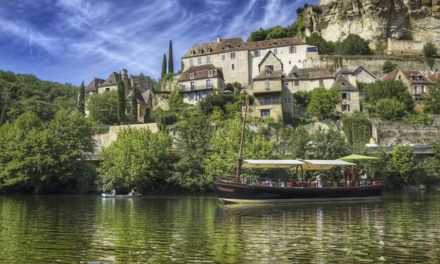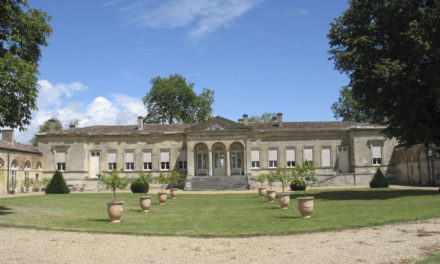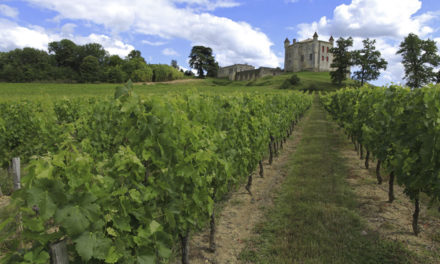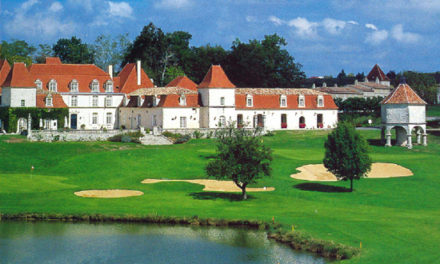
Bordering the Périgord and Quercy, the Corrèze is an area of outstanding natural beauty with the waterfalls at Gimel-les-cascades, the gorges of the River Vézère and the limestone slopes of the Causse Corrèzian plateau. One of the main local events is “Fête de la Pomme” which takes place in October and brings about a colourful cornucopia of displays, tastings and sales all over the department. As you would expect, leisure pursuits are plentiful. There are golf courses at Brive, Aubazine, Peyrelevade and Ussel and a variety of locations for boating, swimming, canoeing and mountain biking. There are recreational water centres at Beaulieu-sur-Dordogne, Objat and Tulle whilst the adventure park at Aubazine caters for youngsters from 8 years old with a variety of Tarzan style leaps and other activities to test one’s nerve, supervised by the Park’s monitors. The Museum at Sarran displays a collection of the gifts amassed by President Jacques Chirac during his presidency.
Towns in the Correze
Hotels in Correze
Tulle
Capital of the Corrèze, Tulle, constructed on seven hills and on the banks of the river of the same name, holds an annual Accordion Festival in the third week of September. Besides drawing accordionists from all over the world with incredible resultant music, the festival also features a fireworks display on Friday and Saturday evenings. A visit to the Maugein factory to see how these musical instruments are made is fascinating, whilst the Musée des Armes Anciennes displays antique weapons and the Musée du Cloitre houses an exhibition of watercolours and a collection of accordions from the early 19th century. At Pompadour is the National Stud with its race track in front of the elegant Château. Events include show jumping, driving, racing and, on the last weekend of each month from June to September, steeple-chasing. There are many equestrian activities for horse lovers from hacking to trekking and riding schools.
Brive
In Brive, the Musée Labenche is undoubtedly the main attraction with its eight Mortlake Tapestries from London, Debussy’s piano and seventeen galleries devoted to natural history, archaeology and arts and crafts as well as various other exhibitions. The streets of the old quarter are now pedestrianised, scattered with smart shops and restaurants and the market place is named after the singer, Georges Brassens. Beaulieu-sur-Dordogne is, as its name suggests, a beautiful spot with medieval houses clinging to the river banks and a church with superb stone carvings. Here in May is the annual strawberry festival. Argentat is yet another river port with half-timbered houses. Nearby, the Tours de Merle are the striking ruins of a feudal castle set high on a rocky outcrop. Another historic masterpiece is the 15th century fortress at Bortes-les-Orgues to the east of the department, framed against unusually shaped rocks which resemble organ pipes.
Collonges-la-Rouge
Several of the most beautiful villages in France are to be found in the department, amongst them Collonges-la-Rouge, named after the rich red sandstone of its blue shuttered buildings. On the route to Santiago de Compostella, it also boasts an attractive Romanesque church. The ruined 12th century fortress towers above the pretty medieval village of Ségur le Château with its half-timbered houses and at Saint Robert, another remarkably well preserved medieval town, charming little streets and shops survive alongside a Romanesque church and a fountain reputed to hold magical qualities. Many famous people lived at Curemonte including François I, Pope Clément VII and the famous writer, Colette. The town boasts no less than three Chäteaux, dating from the 11th – 15th centuries, all of them arising from troubled times; the First Crusade, the Hundred Years War and the Civil War. At the pretty slate and stone roofed village of Turenne, with its old collegiate and church on the hillside, the Château is a landmark for miles around whilst the walled town of Treignac is protected by the Château de Comborn standing astride a rocky outcrop above the River Vézère. Frequently attacked in the religious wars, some fine houses dating from the 16th and 17th centuries have survived, some bearing the shell emblem of Santiago.
| Title | Address | Description |
|---|---|---|
CORREZE | Correze, France |





